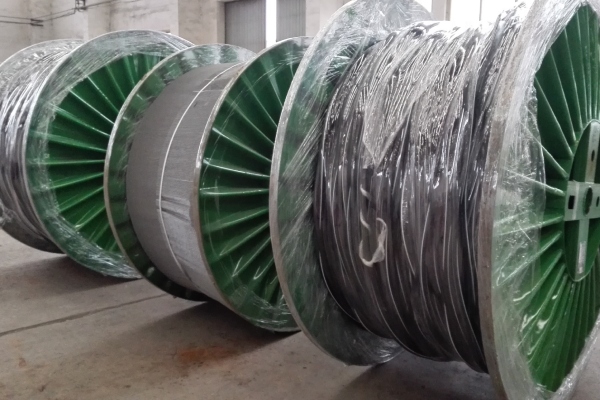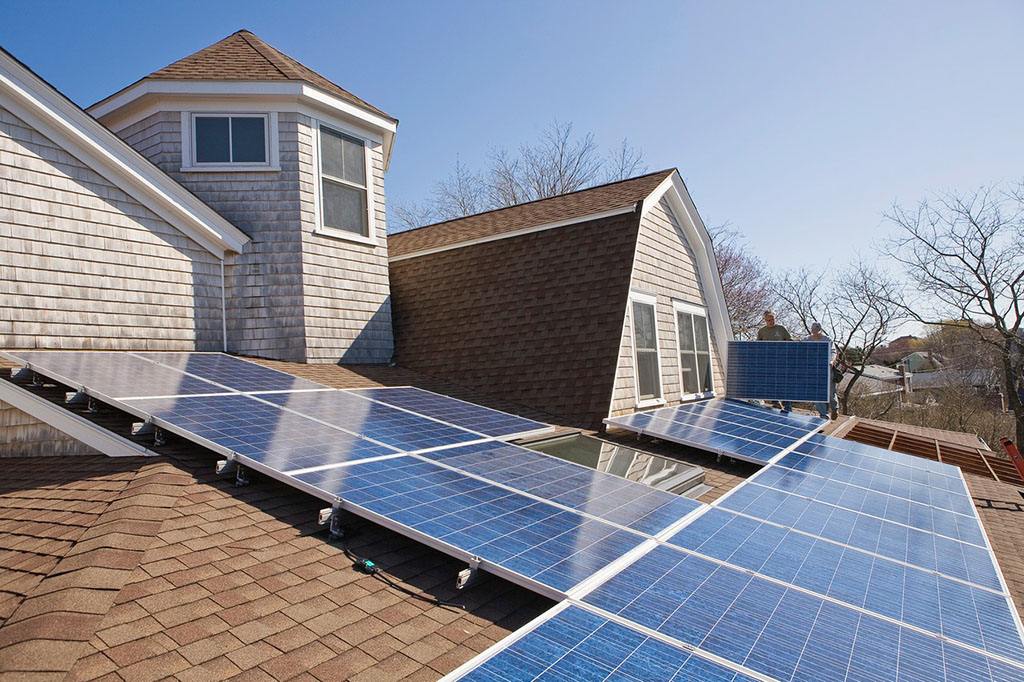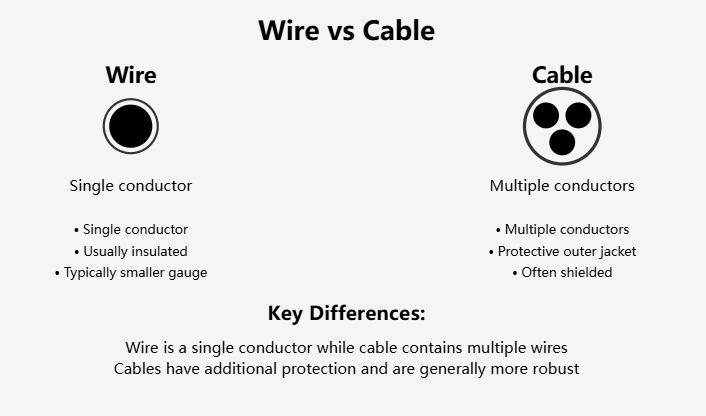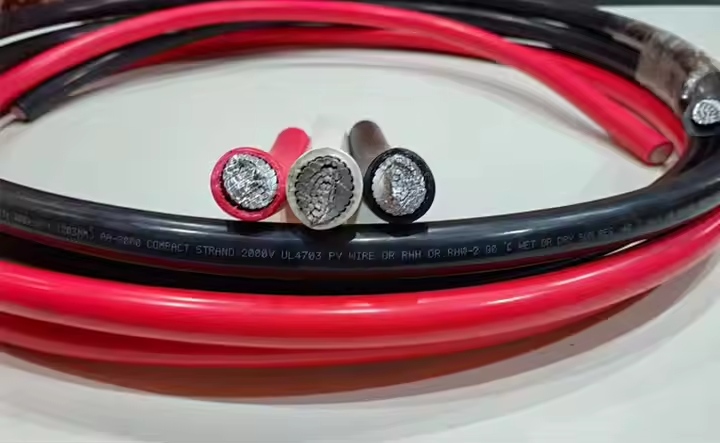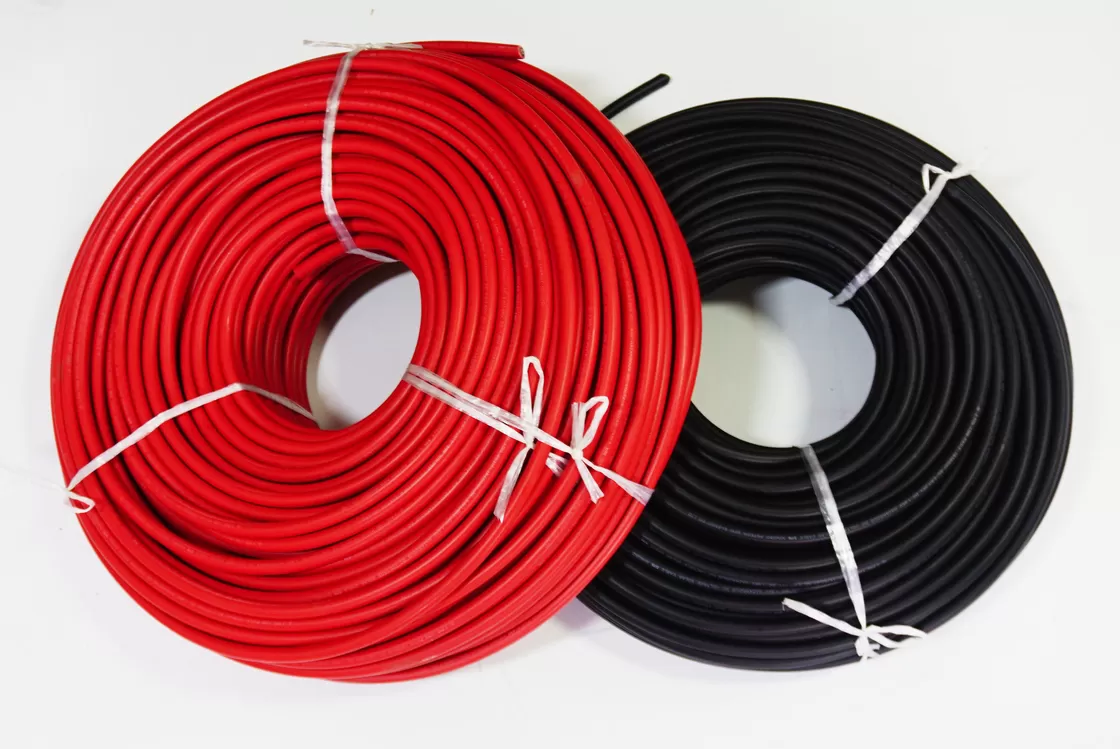UV resistance in PV cables is not just a technical specification; it’s a fundamental requirement that determines the durability and reliability of solar installations. Without adequate protection against UV radiation, cables can degrade, leading to insulation failure, electrical faults, and even safety hazards like fires. This article explores why UV resistance is vital in PV cables, delving into the science of UV degradation, the materials and standards that ensure resilience, and the real-world implications for solar energy systems. By drawing on industry insights and technical expertise, we’ll uncover how this feature safeguards the long-term performance of PV systems and why it’s a non-negotiable aspect of solar infrastructure.
The Role of PV Cables in Solar Energy Systems
PV cables are the lifelines of photovoltaic systems, carrying direct current (DC) from solar panels to inverters, where it’s converted into alternating current (AC) for use in homes, businesses, or the grid. These cables are typically single-conductor wires designed to handle high voltages—often up to 1,000V or 2,000V—and are exposed to the elements for decades. Unlike standard electrical cables used indoors, PV cables must endure constant sunlight, temperature extremes, moisture, and mechanical stress.
The importance of PV cables becomes evident when considering their placement. In rooftop installations or solar farms, cables are routed along mounting structures, suspended in trays, or buried underground, often in direct sunlight for hours each day. This prolonged exposure makes UV resistance a critical factor in their design. Without it, the cables’ insulation and sheathing materials would break down over time, compromising the entire system’s functionality.
Understanding UV Radiation and Its Effects
Ultraviolet radiation is a component of sunlight with wavelengths between 100 and 400 nanometers, invisible to the human eye but powerful enough to damage materials. UV rays carry high energy that can break molecular bonds in polymers—the primary materials used in cable insulation and sheathing. This process, known as photodegradation, causes plastics to become brittle, crack, or lose their insulating properties.
For PV cables, photodegradation poses a significant threat. The outer sheath, typically made of materials like polyvinyl chloride (PVC) or cross-linked polyethylene (XLPE), acts as the first line of defense against environmental stressors. When exposed to UV radiation, unstabilized polymers undergo chemical changes, leading to discoloration, reduced flexibility, and eventual cracking. Over time, this degradation can expose the inner conductors, increasing the risk of short circuits, power loss, or fires.
Why UV Resistance Matters in PV Cables
1. Longevity and Durability
Solar installations are long-term investments, often expected to operate efficiently for decades. UV-resistant PV cables ensure that the system remains functional over its intended lifespan. The search results emphasize that non-UV-resistant materials degrade when exposed to prolonged sunlight, leading to premature aging. For instance, cables without UV stabilization may show signs of cracking or brittleness within a few years, while UV-resistant cables can endure decades of exposure without significant deterioration.
Black sheaths, which contain high levels of carbon black, are noted for offering superior UV resistance due to their ability to absorb UV rays and dissipate the energy as heat. This property helps maintain the mechanical integrity of the cable, preventing issues like water ingress that could arise from cracked sheathing.
2. Electrical Performance and Safety
UV-induced damage doesn’t just affect the physical structure of PV cables—it can also compromise their electrical performance. Insulation breakdown alters the cable’s electrical properties, reducing efficiency and increasing the risk of faults. The search results point out that degraded insulation can lead to fire hazards, a significant concern given the high voltages in PV systems.
For example, if UV radiation causes the insulation to crack, moisture or dust could penetrate, creating pathways for electrical leakage. This not only disrupts power transmission but also poses safety risks to installers, maintenance crews, and end-users. UV-resistant cables maintain their dielectric strength, ensuring consistent performance and minimizing these dangers.
3. Cost-Effectiveness
While UV-resistant PV cables may have a higher upfront cost due to specialized materials and manufacturing processes, they offer significant savings over time. Cables that degrade quickly require frequent replacement, driving up maintenance expenses and reducing the return on investment (ROI) of a solar system. The search results note that premature cable failure increases system downtime and repair costs, undermining the economic viability of solar energy.
By contrast, UV-resistant cables reduce the need for interventions, providing a reliable backbone for the PV system. This durability aligns with the industry’s goal of maximizing energy output while minimizing operational costs.
4. Compliance with Standards
UV resistance is not optional—it’s a requirement embedded in many solar energy standards. The National Electrical Code (NEC) in the United States, for instance, mandates that cables exposed to sunlight be listed or marked as “sunlight resistant.” Similarly, the International Electrotechnical Commission (IEC) standards, such as IEC 60287, account for solar radiation in calculating cable ratings, emphasizing the need for UV protection.
Materials and Technologies Enhancing UV Resistance
The effectiveness of UV resistance in PV cables hinges on the materials and manufacturing techniques used. Common insulation and sheathing materials include:
- Polyvinyl Chloride (PVC): PVC is inherently UV-resistant to some extent, but its performance is enhanced with stabilizers like carbon black or titanium dioxide. Black PVC cables, rich in carbon black, are widely regarded as the most UV-stable due to their ability to absorb and neutralize UV rays.
- Cross-Linked Polyethylene (XLPE): XLPE offers superior thermal and UV resistance compared to standard polyethylene. Its cross-linked structure prevents melting or flowing under high temperatures, making it ideal for outdoor solar applications.
- Low Smoke Zero Halogen (LSZH): LSZH materials provide UV resistance alongside safety benefits, releasing minimal smoke and no toxic gases in case of fire. This makes them suitable for installations where human safety is a priority.
Innovative technologies, such as UV-absorbing additives and protective coatings, also play a role. For instance, titanium dioxide reflects UV rays, while carbon black absorbs them, offering complementary approaches to stabilization. These advancements ensure that PV cables can withstand the cumulative effects of sunlight over decades.
Real-World Implications of UV Resistance
Case Studies and Observations
In practice, the importance of UV resistance becomes clear when examining solar installations over time. Arrays with non-UV-resistant cables often exhibit visible signs of degradation—faded colors, cracked sheathing, or exposed conductors—within five to ten years. The search results mention instances where colored cables (e.g., red or white) turned pink or brittle in less than five years, necessitating replacement.
Conversely, installations using UV-resistant black PV cables, such as those meeting TUV 2PfG 1169/08.2007 or UL 4703 standards, show remarkable resilience. Solar farms in sun-intensive regions like the Middle East or Australia, where UV exposure is extreme, rely on these cables to maintain operational integrity over 25+ years.
Environmental and Operational Challenges
Beyond UV radiation, PV cables face additional stressors like temperature fluctuations, humidity, and mechanical wear. UV-resistant cables are often designed with complementary properties—such as water resistance and flexibility at low temperatures—to address these challenges holistically. For example, the search results note that PV1-F cables, commonly used in solar systems, are engineered to operate from -40°C to +90°C, ensuring performance across diverse climates.
In harsh environments, such as coastal areas with high humidity or deserts with intense heat, UV resistance prevents the compounding effects of multiple stressors. A cable that cracks due to UV exposure is more susceptible to water ingress or thermal stress, amplifying the risk of failure.
Industry Trends and Innovations
The solar industry is increasingly prioritizing UV resistance as installations scale globally. Manufacturers are developing cables with enhanced UV stabilization, such as the ÖLFLEX® DC ROBOT 900 mentioned in the search results, which combines UV resistance with flexibility for robotic applications. Research projects like the DC Industry2 initiative are also exploring new materials and designs to push the boundaries of cable durability.
As solar energy adoption grows, particularly in regions with high solar irradiance, the demand for UV-resistant cables will rise. This trend reflects a broader recognition that cutting corners on cable quality undermines the reliability of renewable energy infrastructure.
Challenges and Considerations in UV Resistance
While UV resistance is essential, achieving it presents challenges. Colored cables, often used for polarity identification, are less UV-stable than black ones unless fortified with significant stabilizers. The search results suggest that while UV-resistant colored cables exist, their longevity rarely matches that of black cables, prompting debates about standardization.
Another consideration is cost. High-quality UV-resistant materials and testing (e.g., ISO 4892 accelerated aging tests) increase production expenses, which may deter budget-conscious installers. However, the long-term risks of using cheaper, non-resistant cables—system downtime, safety hazards, and replacement costs—far outweigh the initial savings.
Installation practices also matter. Even UV-resistant cables can fail if improperly managed. The search results recommend securing cables with sunlight-resistant zip ties or wire trays to reduce mechanical stress and UV exposure, highlighting the interplay between design and deployment.
Future Directions for UV-Resistant PV Cables
Looking ahead, advancements in material science promise to elevate UV resistance further. Nanotechnology, for instance, could introduce UV-blocking particles into cable sheaths, enhancing protection without altering flexibility or weight. Biodegradable yet UV-resistant polymers might also emerge, aligning with sustainability goals in the solar industry.
Standardization will play a key role. As the search results indicate, varying test requirements (e.g., 720-hour vs. 300-hour exposure) create confusion. A unified global standard for UV resistance could streamline manufacturing and ensure consistent quality across markets.
Finally, education is critical. Installers and system designers must prioritize UV resistance when selecting cables, resisting the temptation to opt for cheaper alternatives. Industry training programs and certifications can reinforce this awareness, fostering best practices that maximize solar system longevity.
Conclusion
UV resistance in PV cables is not a luxury—it’s a necessity that underpins the success of solar energy systems. By protecting against the relentless assault of UV radiation, these cables ensure durability, safety, and cost-effectiveness over decades of operation. From the molecular level, where stabilizers like carbon black thwart photodegradation, to the practical level, where compliant cables meet rigorous standards, UV resistance is a linchpin of reliable solar infrastructure.
The insights from industry sources underscore this importance, revealing how UV degradation can compromise everything from electrical performance to system ROI. As solar power continues to expand globally, the role of UV-resistant PV cables will only grow, supported by innovations in materials and a commitment to quality. For stakeholders—whether manufacturers, installers, or end-users—prioritizing UV resistance is a proactive step toward a sustainable, efficient, and safe energy future. In a world increasingly reliant on solar energy, these cables are the unsung heroes ensuring that the sun’s power reaches us, uninterrupted, for generations to come.

